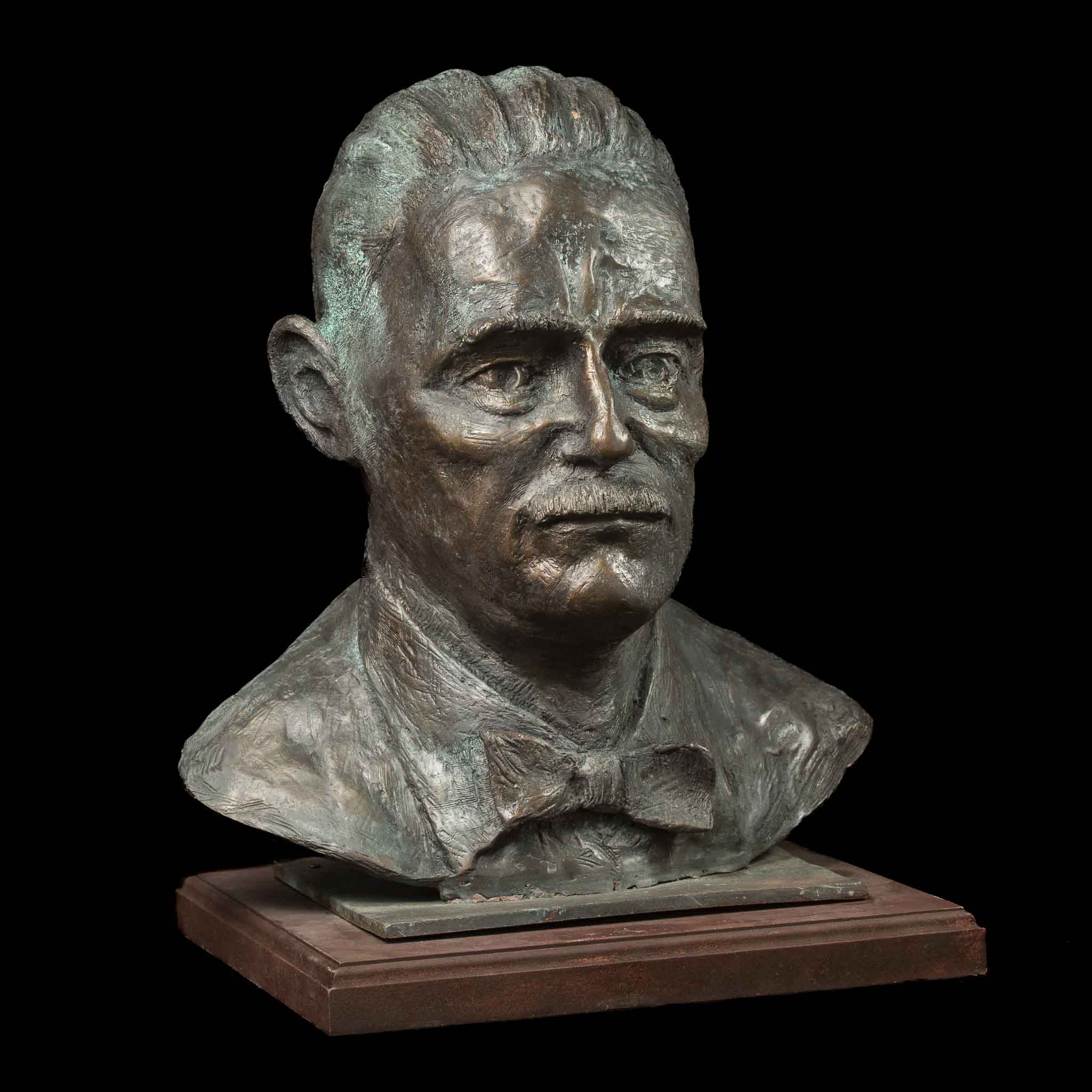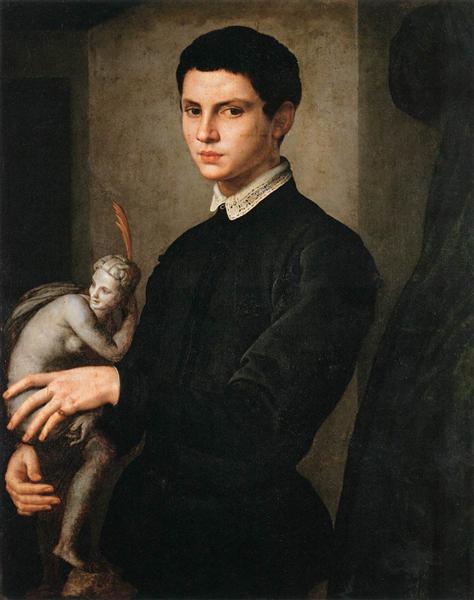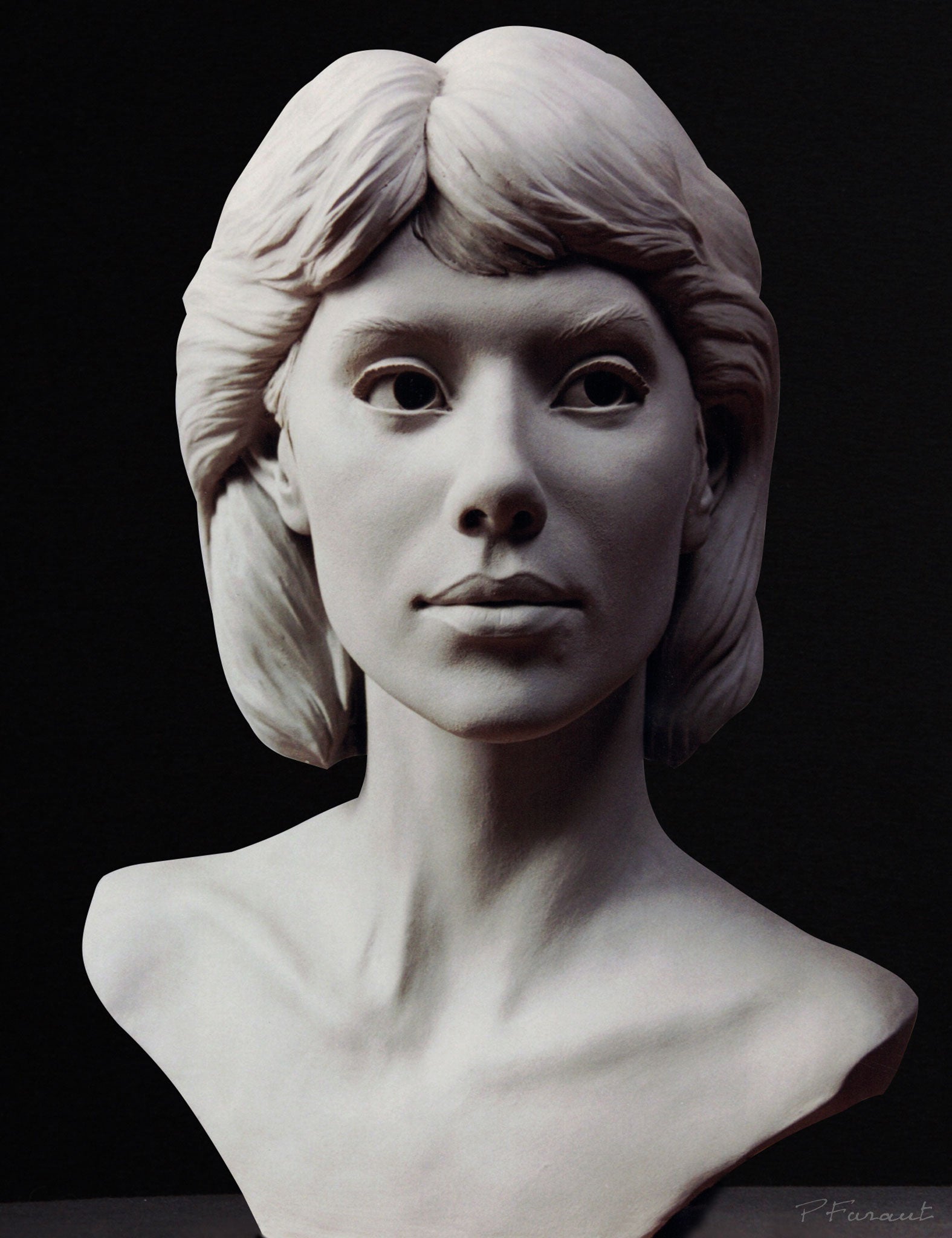Artistic Evolution: From Classic to Modern with Bronze Sculptures
Wiki Article
The Evolution of Sculptures: From Old to Modern
The Development of Sculptures: From Ancient to Modern.Sculpture, among the oldest types of art, has actually been an important component of human civilization for centuries (Robert C Hitchcock Sculptor). From the ancient worlds of Egypt and Greece to the contemporary age, sculptures have actually evolved, mirroring adjustments in creative methods, materials, and cultural influences. This journey with time traces the advancement of sculptures, exploring the changes in design, subject issue, and imaginative expression
Starting with the ancient world, sculptures crafted from stone and later bronze recorded the significance of divine beings, rulers, and daily life. The Renaissance period witnessed a revival of classical sculpting strategies, as musicians looked for to imitate the graceful forms of old Greek and Roman sculptures. In the modern-day age, artists challenged conventional boundaries, embracing abstraction and trial and error with brand-new materials.

This exploration will certainly look into the diverse advancement of sculptures, revealing the rich tapestry of imaginative expression across various durations and cultures.
Old Sculptures: From Stone to Bronze
Old sculptures transitioned from being carved out of rock to being cast in bronze. This shift noted a considerable evolution in the art of sculpture, permitting for higher improvement and detail in the ended up works. Rock sculptures, while impressive in their very own right, were limited by the nature of the product. Rock needed extensive forming and sculpting, typically resulting in a much more simplified depiction of the topic.The intro of bronze as a medium for sculptures brought about a transformation in imaginative expression. Bronze offered sculptors the possibility to create complex and natural kinds that were not possible with stone. The procedure of casting bronze enabled the development of several duplicates of a sculpture, enabling larger circulation and conservation of these artistic masterpieces.
The shift from rock to bronze additionally saw a change in the subject of sculptures. While stone sculptures predominantly portrayed gods, sirens, and mythical numbers, bronze sculptures started to reflect a broader variety of topics, consisting of day-to-day individuals and pets. This expansion of topic showcased the flexibility and versatility of the bronze tool.
Renaissance Rebirth: Forming in the Timeless Design
The Renaissance rebirth of sculpture witnessed a revival in the classic design, structure upon the advancements made during the shift from stone to bronze in ancient sculptures. Throughout this duration, musicians sought to recreate the classical visual and perfects of appeal that were widespread in old Greek and Roman sculptures.Among the crucial attributes of the Renaissance resurgence was the emphasis on naturalism and the human form. Artists like Donatello and Michelangelo aim to record the anatomical details and expressions of their topics with unmatched accuracy. They studied the body and incorporated their monitorings right into their sculptures, causing lifelike and practical representations.
One more crucial aspect of the Renaissance revival was the expedition of point of view and depth. Musicians utilized techniques such as contrapposto, where the weight of the body is changed to one side, creating a feeling of movement and dynamism. They additionally try out different products, including marble and bronze, to attain a level of sophistication and details in their sculptures.
The classic style of the Renaissance rebirth had a profound impact on later durations of art, working as a structure for the growth of Western sculpture. It brought a restored admiration for the appeal and splendour of the human kind, and its tradition can still be seen in contemporary sculptures today.
Innovation and the Avant-Garde: Breaking Traditional Borders

One of the essential attributes of modernist sculpture was the focus on abstraction. Artists relocated far from practical representations and rather concentrated on capturing the essence of the subject through streamlined kinds and geometric shapes. This separation from typical representation permitted musicians to reveal their emotions and ideas in a more personal and subjective manner.
Furthermore, the progressive movement tested societal standards and conventions, urging artists to experiment and press the boundaries of their art - Bronze Sculptures. Sculptors started incorporating unusual products such as located things, industrial products, and also natural aspects right into their work. This expedition of new materials and methods not just increased the possibilities for sculpture but also challenged the typical notions of what could be thought about art
Contemporary Sculptures: Checking Out New Products and Concepts
With a focus on checking out brand-new materials and ideas, contemporary sculptures have actually transformed the area of art. Artists today are pressing the borders of conventional sculpture by exploring and making use of cutting-edge products with abstract ideas. These sculptures test conventional ideas of materiality, form, and meaning, welcoming customers to take part in a brand-new and thought-provoking artistic experience.Contemporary artists are accepting a wide variety of products, consisting of plastic, glass, metal, and even raw material. Equine Sculptures. They are not limited to the standard tool of stone or clay, enabling greater flexibility of expression and testing. This change in the direction of non-traditional products has actually opened new possibilities for artists to develop sculptures that are vibrant, interactive, and aesthetically striking
In enhancement to exploring new materials, contemporary sculptures also explore facility and abstract ideas. Artists are now checking out motifs such as identification, social concerns, and the atmosphere, utilizing sculpture as an effective tool for social discourse and introspection. These sculptures challenge viewers to think critically and involve with art on a much deeper degree, triggering conversations and prompting psychological feedbacks.
International Impacts: Sculptural Practices From All Over The World

In ancient Egypt, sculptures were produced mainly for funerary and religious objectives. The iconic sculptures of gods and pharaohs, such as the Great Sphinx and the bust of Queen Nefertiti, display the Egyptians' mastery of rock carving and their belief in the afterlife.
In ancient Greece, sculpture reached its top during the classic period. Influenced by the ideals of consistency, proportion, and charm, Greek sculptures emphasized the human form and commemorated the success of athletes, heroes, and gods. The famous sculptures of Aphrodite of Knidos and the Discobolus exemplify the Greeks' search of excellence in sculptural art.
In ancient Rome, sculpture served both political and imaginative functions. Contemporary Sculptures. Roman sculptures usually shown emperors, generals, and mythical figures, mirroring the power and magnificence of the empire. The marble statue of Augustus of Prima Porta and the huge Arch of Constantine are notable instances of Roman sculptural accomplishments
Asian sculptural practices, especially in India, China, and Japan, have also had an extensive impact on the advancement of sculptures. Indian sculptures, such as the elaborately carved holy places of Khajuraho and the colossal statuaries of Buddha, display an abundant combination of spiritual, mythological, and building aspects. Chinese sculptures, characterized by their fine workmanship and interest to information, commonly portray divine beings, animals, and epic numbers. Japanese sculptures, influenced by Buddhism, stress simplicity and tranquility, seen in the serene sculptures of Buddha and the elegant art of bonsai.
The global influences on sculpture remain to evolve in the modern-day age. Artists today draw motivation from numerous sculptural customs, incorporating brand-new materials, techniques, and principles to create cutting-edge and thought-provoking artworks. The fusion of various cultural impacts has actually offered rise to a dynamic and varied sculptural landscape, reflecting the interconnectedness of our global society. As we want to the future, it is specific that the global impacts on sculpture will certainly remain to shape and redefine this ancient art kind.
Verdict
In verdict, the development of sculptures has actually seen a change from old rock and bronze works to the classical rebirth throughout the Renaissance. Today, contemporary sculptures discover brand-new materials and ideas, while additionally attracting motivation from worldwide sculptural traditions - Robert C Hitchcock Sculptor.From the ancient civilizations of Egypt and Greece to the contemporary age, sculptures have actually evolved, showing changes in imaginative strategies, content products, and social influences.Starting with the ancient world, sculptures crafted from rock and later bronze recorded the essence of deities, rulers, and day-to-day life.Ancient sculptures transitioned from being sculpted out of rock to being cast in bronze. While stone sculptures mostly shown gods, goddesses, and mythical numbers, bronze sculptures started to mirror a more comprehensive array of subjects, including day-to-day people and animals.In final thought, the evolution of sculptures has seen a shift from ancient rock and bronze functions to the timeless revival throughout the Renaissance.
Report this wiki page